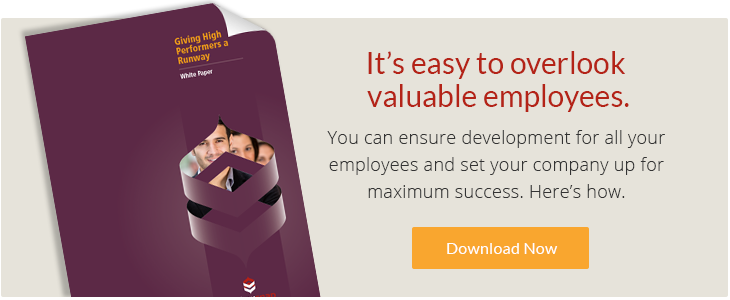How Starting a 360 Degree Feedback Process Improves Performance

Nearly 90% of organizations conduct formal performance reviews [1] as an attempt to improve their performance management. That is the vast majority of organizations, but the real question isn’t if they conduct performance reviews, it is how they evaluate their team members. What they don’t know could hurt them. The way you conduct a performance appraisal has a direct impact on employee performance. Typically, managers only see a 3-5% performance improvement [2] after a traditional performance appraisal. How then, can organizations assess the performance of their employees whilst improving the team’s work?
360 degree feedback, if conducted correctly, can have better results than the traditional performance appraisal. Because there are multiple individuals involved in the appraisal, each person has a specific role. Let’s take a look…
Roles of the Participants
Unlike the traditional performance appraisal, the 360 degree feedback process is a very involved process. A standard performance appraisal only necessitates the presence of the manager and the employee. 360 degree feedback sessions involve the input of about 7 people (depending on the size of the company): the employee, manager, administrator, and several reviewers. This provides a well-rounded performance appraisal with room for the employee to evaluate their own work and see how it affects the team around them. Jacob Shriar, Director of Customer Happiness at Officevibe, said:
“Most of the time, the annual performance review is one-sided in the sense that it’s the manager who is telling the employee how they did and what they should do better, when it would be great if the employee could tell the manager what they’ve been doing wrong, or what the company could improve on.”
The good news is it doesn’t have to be this way; 360 degree feedback gives employees and those around them a voice in performance reviews. The evaluation of the entire team illuminates the employee’s performance from all angles, including their own.
Why they Work
The goal of a 360 degree feedback isn’t to punish. It is an opportunity to thoroughly examine and improve the performance of your team on an individual level to help the group succeed. These appraisals give employees ownership of their work and review. By working with employees on development plans, organizations hold their workers accountable for their performance. William Taylor, Contributor to PeopleInsight and HR Daily Advisor said:
“A 360 degree performance review has the power to transform a one-way review into a review process, thus guaranteeing end-to-end feedback and accountability. Depending on the setup and hierarchy of your company, making 360 degree reviews may be an excellent way to analyze your employees and keep an eye on the whole department.”
Each individual involved in a 360 degree feedback plays a specific part. As an organization, it’s important to ensure your teams understand their roles before the review process begins. Unlike traditional performance reviews, the 360 degree feedback process creates a multi-sided conversation about performance from an unbiased third-party administrator. This administrator takes information provided by the employee, manager, and other reviewers to create a holistic image of the employee’s performance. Give your employees the chance to take ownership of their performance and their professional development.
Source:
[1] NPR – Behold the Entrenched and Reviled Annual Review
[2] Washington Post – The Corporate Kabuki of Performance Reviews

